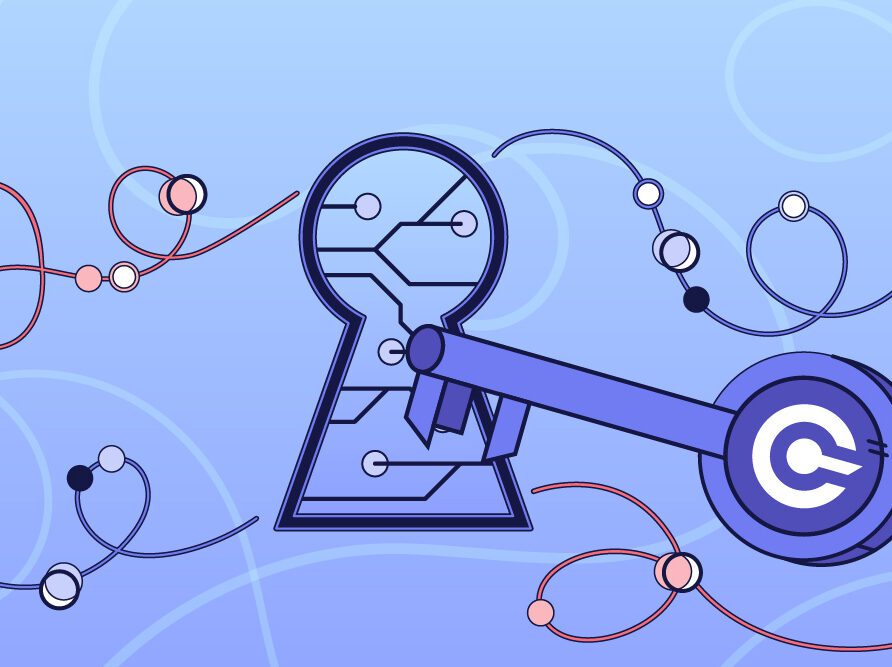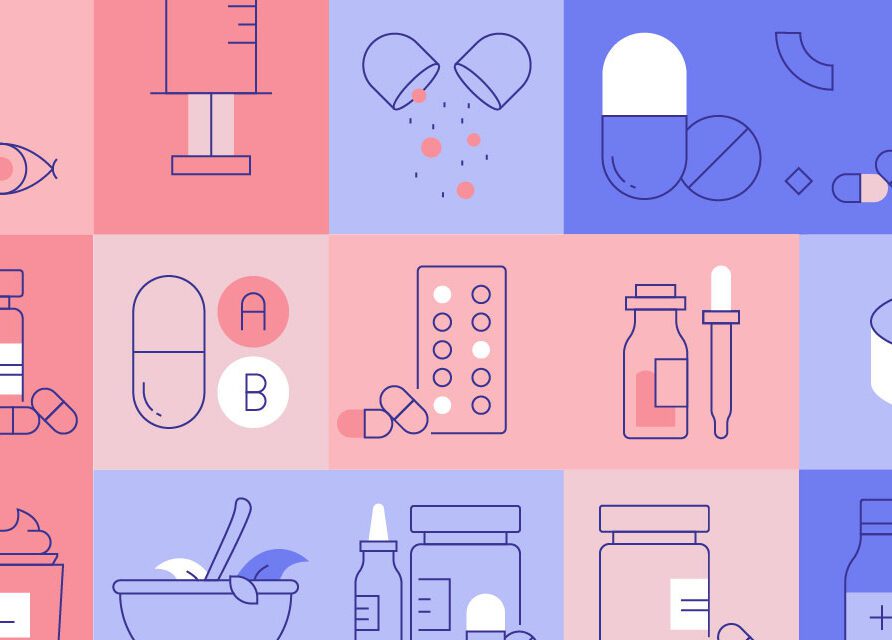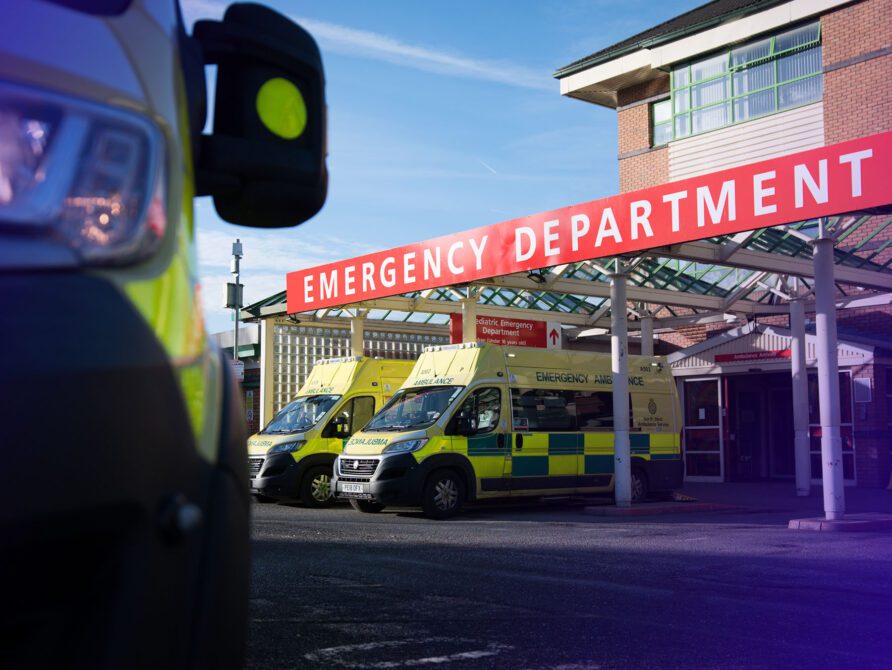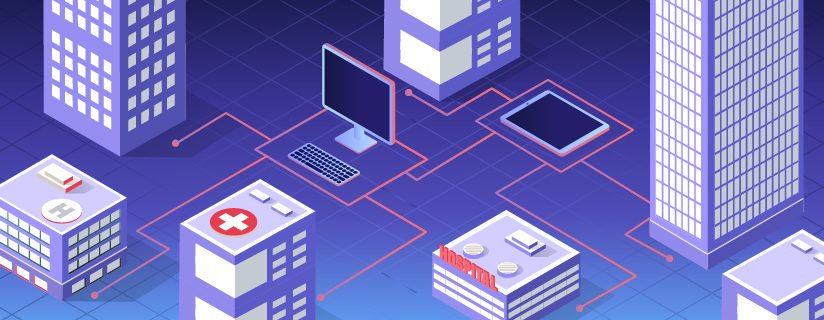INSIGHTS
Maidstone and Tunbridge Wells NHS Trust (MTW) has introduced fully automated vital signs integration, enabling real-time transmission from Welch Allyn devices directly into Sunrise EPR, provided by Altera Digital Health. The initiative has transformed how vital signs are captured, recorded, and acted on, by replacing error-prone manual transcription with a seamless digital workflow, reducing delays, enhancing patient safety and improving clinical decision-making.
The trust is now saving 2.5 minutes per observation, equating to approximately 50% time saving for clinicians to record observations, freeing up staff time for patient care. It demonstrates the power of digital transformation in improving patient care, enhancing staff efficiency, and pushing the boundaries of EPR capabilities. Designed collaboratively with clinicians and technical teams, the solution is now a regional exemplar, improving care delivery and data accuracy while supporting scalable, interoperable healthcare practices across the NHS.
Improved patient safety
More informed care
Enhanced patient experience
Improved communication
Efficiency gains
Key challenges arising from manual vital signs recording
In many NHS trusts, including MTW, clinicians have traditionally relied on portable physiological measuring devices to capture patients' vital signs. However, these readings were manually transcribed into Sunrise EPR, creating inefficiencies and the risk of human error. Due to the limited availability of Computers on Wheels (COWS) on wards and the difficulty of wheeling the device and a COW around a ward, observations were frequently written on paper and entered into the EPR later. This created systemic delays, often 45 minutes or longer, and increased the risk of error, reduced data quality and delayed visibility of National Early Warning Score 2 (NEWS2) alerts. It also prompts for follow on actions and escalation of care for deteriorating patients.
The manual recording process introduced several key challenges to overcome:
- Delays in entering patient observations into the EPR.
- Increased risk of readings being lost/illegible.
- Reduced real-time insight to support clinical decision-making.
- Increased risk of transcription errors.
- Time-consuming workflows that diverted clinical time away from direct patient care.
- Difficulty in timely escalation of deteriorating patients.
The solution: Automated transmission of vital signs
To address the challenges, the trust implemented a fully automated process for capturing and recording vital signs. Through a collaborative effort between the device provider, Altera and MTW's internal teams, the process has been honed to include extra safety steps. First, the user scans the patient's wristband to identify the patient and then scans their own unique QI code to identify themselves as the clinician recording the data. Once a patient's observations are completed at the bedside, further data is manually entered into the device which then calculates the NEWS2 score and prompts the user with appropriate next steps. Once acknowledged by the user, the data is instantly transmitted from the devices, through the Trust Integration Engine (TIE), into the EPR. Barcode authentication of the user and positive patient identification are new steps in this process enabled by scanning, which reduces the likelihood of observations being attributed to the wrong patient, particularly when ward bed swaps are frequent and there is a lag time between recording the observations and entering them into EPR.
The solution includes:
- Positive patient Identification in line with Scan4Safety best practice.
- Barcode enabled user authentication for a robust audit trail.
- Trust-localised algorithms to calculate NEWS2 score and alert users to follow on actions
- Seamless device-to-EPR integration.
- Real-time data availability on patient flowsheets and ward tracking boards.
- Retention of manual workflows as a fallback for resilience during downtime with consistent algorithms for NEWS2 calculation and escalation,
What made this solution different from previous best practices was the insistence on end-to-end automation, by optimising the limits of the TIE and the capabilities of the EPR system.
Collaborative implementation approach
A pilot ward was selected to evaluate effectiveness while maintaining uninterrupted patient care. During which time, feedback was gathered at every stage from clinicians, nursing staff, digital leads, and EPR specialists to ensure the solution met real-world needs. Co-design sessions were held with frontline users to test user interface preferences and observation handling. Patients were indirectly involved through clinical staff feedback loops that focused on how improved observation accuracy and timeliness impacted patient safety.
Partnership working was essential throughout the innovation. Strong collaboration between Baxter and Altera ensured compatibility, accurate data mapping and robust testing while TIE and infrastructure teams worked closely to ensure the availability of devices, resilience, security, and scalability of the solution.
"We fostered a culture of openness and inclusivity within the automated vital signs project team. We encouraged collaboration and creativity with an open environment where stakeholders felt comfortable sharing ideas and could air concerns. We supported each other through clear design and iterative project processes. Design barriers had to be removed as the project progressed, with some seemingly easier ways of semi-automated observations being challenged to ensure full automation was kept in scope, albeit more challenging to deliver, to ensure we improved our patient care.''
Clare Williams
EPR Configuration Manager at Maidstone and Tunbridge Wells NHS Trust
Key performance indicators (KPIs) were developed early on, including:
- Time taken for observations to appear in the EPR.
- Time saved per observation and per round.
- Rate of transcription errors pre- and post-implementation.
- Impact on escalation of care decisions.
These measures ensured that efficacy could be evaluated through both quantitative and qualitative data, with regular feedback shaping continuous improvements.
Benefits Realised: 50% time savings for clinicians to record observations
Since implementation, the trust has seen substantial improvements:
- Improved patient safety: Earlier identification of deteriorating patients enables faster escalation, and improved clinical outcomes.
- More informed care: Improved patient escalation decisions with timelier NEWS2 scores available.
- Enhanced patient experience: More informed and timely care discussions during ward rounds and reduced need for repeat observations due to errors or delays.
- Improved communication: Clinical teams have reported improved communication during handovers due to up-to-date patient flow sheets.
- Efficiency gains: Time-in-motion studies show a 2.5-minute time saving per observation, equating to approximately 50% time saving end-to-end for clinicians to record observations.
- Real-time data: Observations now appear in the EPR within 1 minute, down from up to 45 minutes due to delays in transcribing this data. Users would have to backdate the time the observations were measured when entering them into EPR. Real time data enables staff to see whether regular observation rounds are conducted in a timely fashion.
- Reduction in transcription errors: No transcription errors reported in the automated workflow pilot ward.
- Enhanced staff experience: Reduced paperwork and transcription enables staff to focus on direct patient care.
- Data-driven decisions: Availability of structured, real-time data supports capacity planning and patient flow management.
- Governance and compliance: Supports national NEWS2 standards and enhances clinical information governance. Incorporates best practice Scan4Safety for positive patient identification.
- Scalability: The model is now being shared with neighbouring trusts as a regional exemplar of best practice.
- Sustainability: Reduced reliance on paper records aligns with MTW's Green Plan, wider green NHS goals and digital transformation plans.
- Value for money: Maximises the utility of existing medical devices by integrating them into clinical systems and reduces litigation risk through enhanced documentation and compliance.
"I love that it is much faster than previously, as there is no need to write the observations on a piece of paper etc., then take extra time to enter it into the EPR, saves valuable time that can be used to do other things."
Health support worker
Unexpected benefits:
- The trust has seen an increase in the total number of observations recorded per patient in EPR suggesting the streamlined workflow makes it far easier for staff to record observations.
- Training for this new process highlighted inconsistencies in how observations were measured by clinical staff and provided an opportunity to reinforce best practice methodology in using recording equipment and clinical skills.
Johanna Kelly, Chief Nursing Information Officer, Maidstone and Tunbridge Wells NHS Trust, commented: "This transformation is more than a technology change - it's a cultural shift in how we deliver safe, data-driven care. Our teams are empowered to act faster and more confidently with real-time information at their fingertips, improving both outcomes and experience."
Next steps
With automated vital signs now available in real-time via the EPR, the trust is exploring:
- Automated notifications to Outreach teams when escalation thresholds are met.
- Predictive analytics and dashboards to further support proactive patient care.
- Expansion of the model to other clinical pathways and neighbouring organisations with the same EPR.
"I love it, it's easy to use and accurate. It goes straight to the EPR so there is no need to key in the information after taking the observations, saves a lot of time not having to log into the EPR after doing the observations (that time can be used to provide other nursing care to the patients)."
About the Client:
Maidstone and Tunbridge Wells NHS Trust
The trust first went live with Altera Digital Health’s Sunrise™ EPR in May 2021, activating the solution across all 32 adult inpatient wards, three Paediatric areas, ED, order communications and outpatient services, making it one of the most substantial go-lives in the UK. In the 15 months since the initial go-live, there have been many advancements in the trust’s digital transformation, all centred on EPR, which is core to the trust’s 10-year digital transformation strategy. This includes processes to support a virtual fracture clinic, point-of-care testing, doctor handover, sepsis and many other department-specific configurations. Overall, this has brought about a fundamental shift in ways of working across the trust, transforming clinical pathways and the patient care experience.
Related Insights
Article
Does your EHR truly support behavioral health providers?
Dr. Mark Pratt
Client Story
Leading the way: Reducing police callouts and prioritising patient safety at Bolton NHS Foundation Trust
Bolton NHS Foundation Trust
Article
Keeping staffing front and center
Jeanne Armstrong, M.D.











